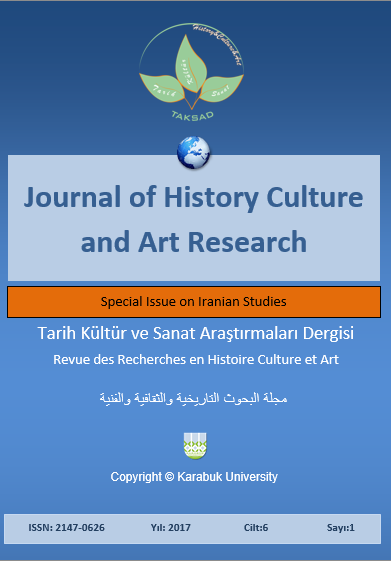The Survey of the Legal Status of Indispensable Formal Documents Enforcement in Iran’s Notary Organization
DOI:
https://doi.org/10.7596/taksad.v6i1.787Keywords:
Indispensable formal documents, Notary execution, Writ of execution, Executive operation, Ordinary documents featuring indispensability.Abstract
In general codes of law of the countries including Iran there are special rights predicted for the owners of formal documents and other documents featuring formal document in order to accredit them and facilitate the business transactions. This is also considered as some sort of de-judicialization and the owners of such documents do no need to attend the courts as plaintiff and prove their claims and also they are not required to pass the formalities and the long procedures of trials and having such documents at hand they can refer to the notary enforcement circles or the notary public offices to take advantage of the rights justified for them therein. It is in this manner that they should first observe the rules of formal documents enforcement approved and ratified in the indispensable formal documents rules of procedure and the other sanctioned regulations. In the present study, the formative and the natural issues pertaining to the indispensable formal documents and the ordinary documents which can be enforced as ruled by the law (such as cheques) via the notary enforcement circles and transiently via the judicial courts will be investigated. The author’s intention of writing the present research paper has been, firstly, the elaboration of the legal principles and concepts of indispensable formal documents, explication of the formative and the natural issues related to the indispensable formal documents enforcement and the ordinary documents which can be enforced as decreed by the law, as well as the expression of the administrative formalities and the legal processes such documents are required to undergo in public notary offices (enforcement unit), and, secondly, the exposition of the study subject matter from the legal status perspective of documents enforcement through notary enforcement and, finally, there is this possibility that after a judicial writ of execution is issued the obliged individual or the third party may have objections regarding the judicial writ of execution issuance or the executive operations. Therefore, their objection rights should be accepted and taken into consideration regarding the judicial writ of execution or the executive operations based on the relevant statutory cases and this is analyzed in the fourth chapter of the present study. It is necessary to explain that justice ministry courts are sometimes qualified to deal with the objections to the judicial writ of execution issuance or operations and this is exactly the very topic of “special legal regime”.References
Adabi, Hamid Reza (2009). Advanced Registration Law. 1st Ed. Tehran: Jangal.
Bahrami, Bahram (2013). The Formal Documents Contents Enforcement. 4th Ed. Tehran: Negah-E-Bayyeneh.
Bahrami, Bahram (2013). The Landed Property Registration Law. 1st Ed. Tehran: Negah-E-Bayyeneh.
Emami, Seyyed Hassan (2012). Civil Law. V.6, 29th Ed. Tehran: Eslamiyeh Library.
Gholipur, Meysam (2015). Indispensable Formal Documents Enforcement Regulations in the Mirror of Diagrams. 1st Ed. Tehran: Behnami.
Haghighat, Ali (2012). Instruments and Landed Property Registration Law in Iran. 1st Ed. Tehran: Ava.
Madani Kermani, Arefeh (2006). Civil Verdicts Enforcement. 1st Ed. Tehran: Majd Legal Publications.
Madani, Seyyed Jalal al-Din (2013). The Formal Documents Contents Enforcement. 2nd Ed. Tehran: Paydar.
Najafi, Iraj (2005). The Landed Property Registration Law (Formal Documents Enforcement Legal Regulations and Explications). 2nd Ed. Tehran: Negah-e-Bayyeneh.
Downloads
Published
How to Cite
Issue
Section
License
All papers licensed under Creative Commons 4.0 CC-BY.- Share — copy and redistribute the material in any medium or format
- Adapt — remix, transform, and build upon the material for any purpose, even commercially.
Under the following terms:
Attribution — You must give appropriate credit, provide a link to the license, and indicate if changes were made. You may do so in any reasonable manner, but not in any way that suggests the licensor endorses you or your use.
- No additional restrictions — You may not apply legal terms or technological measures that legally restrict others from doing anything the license permits.







